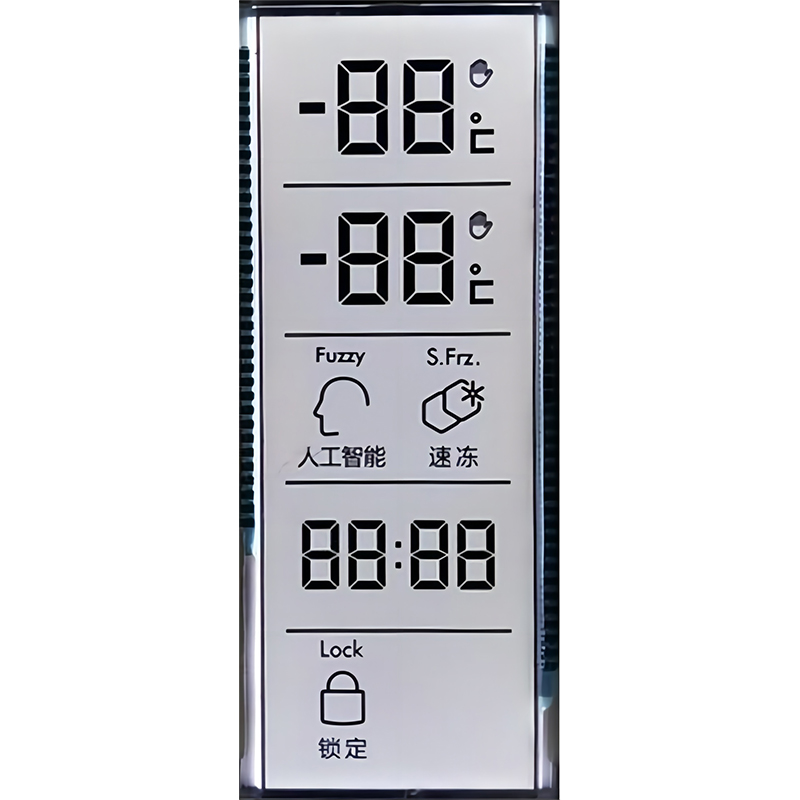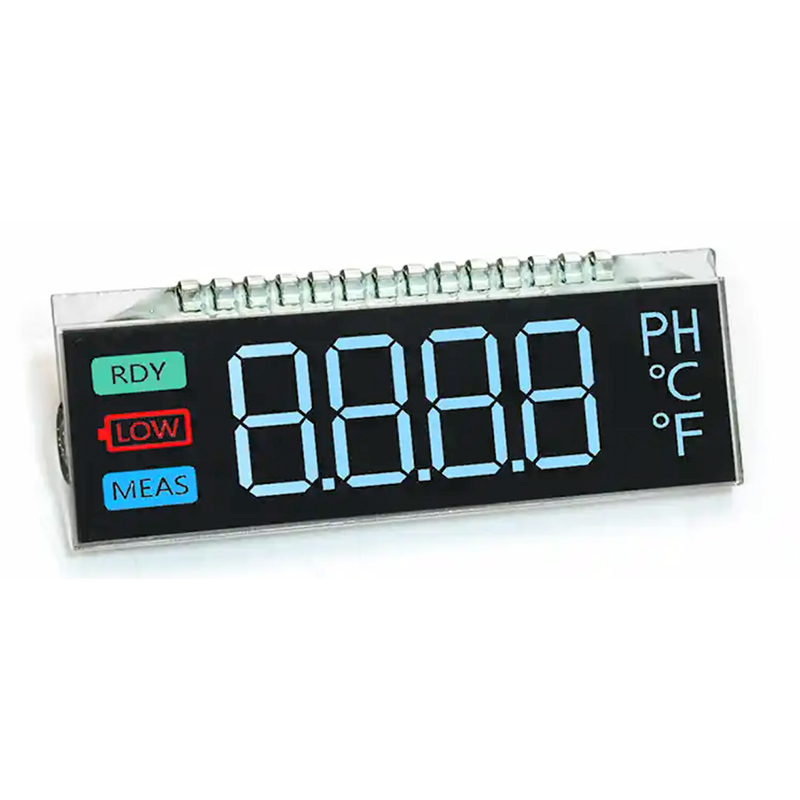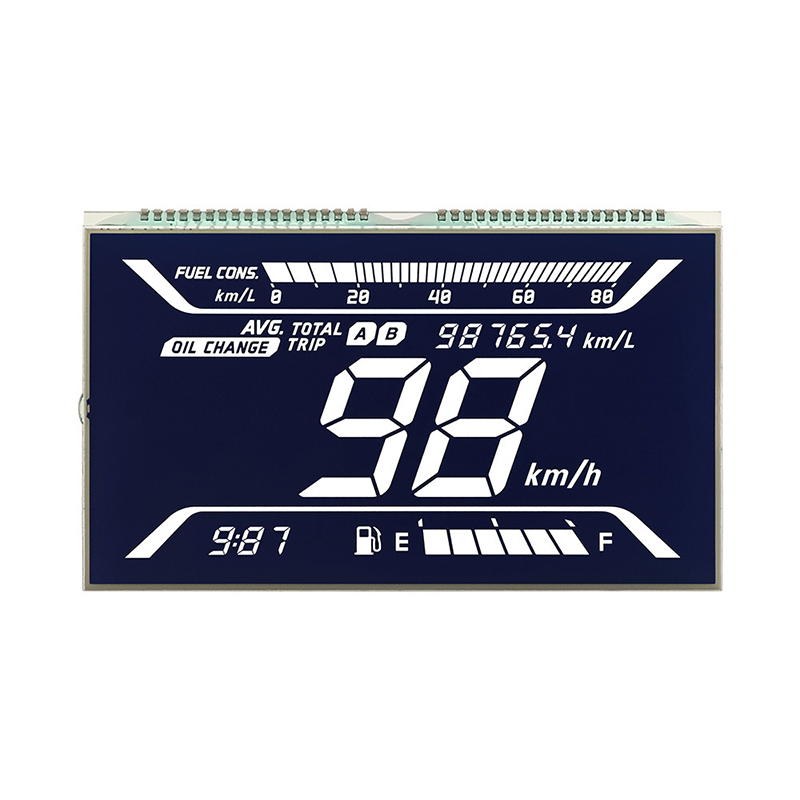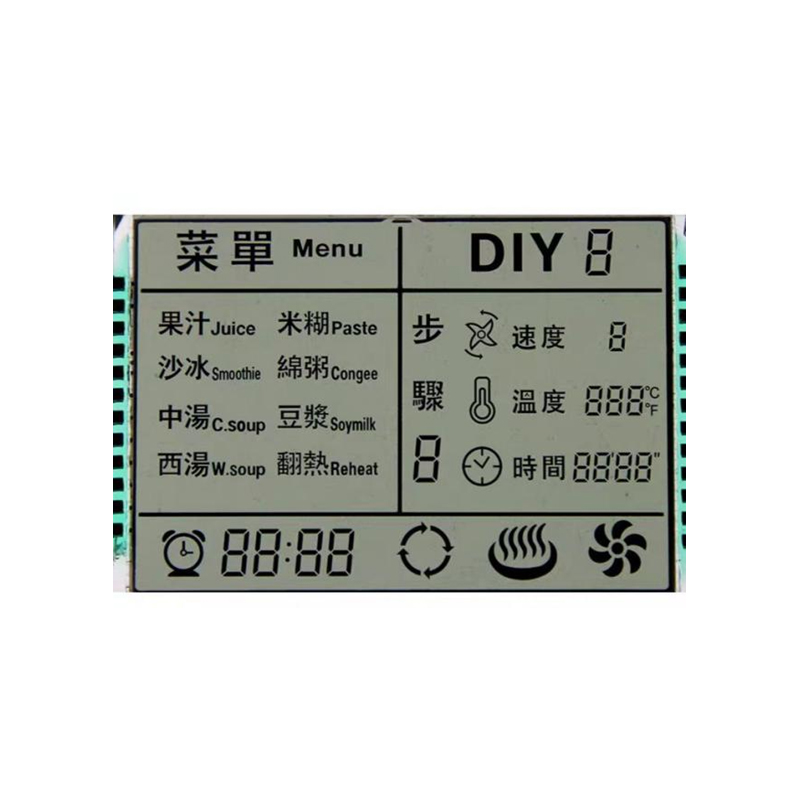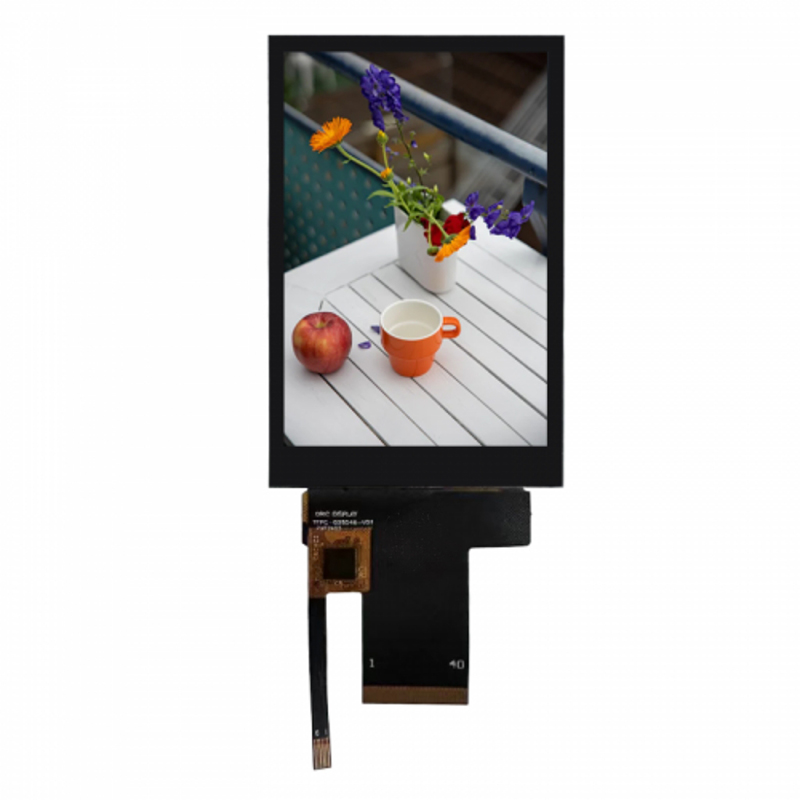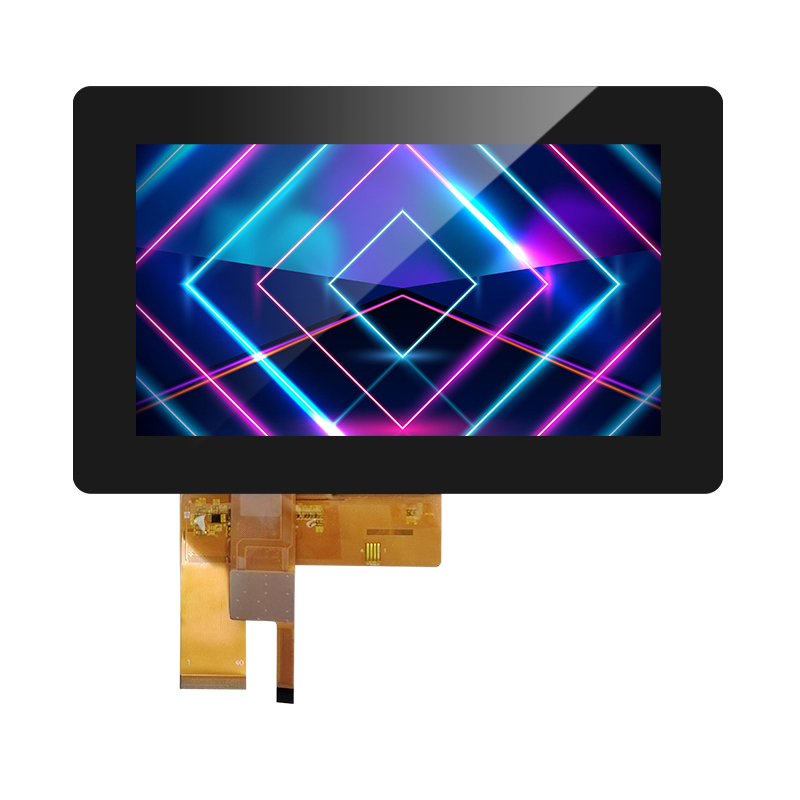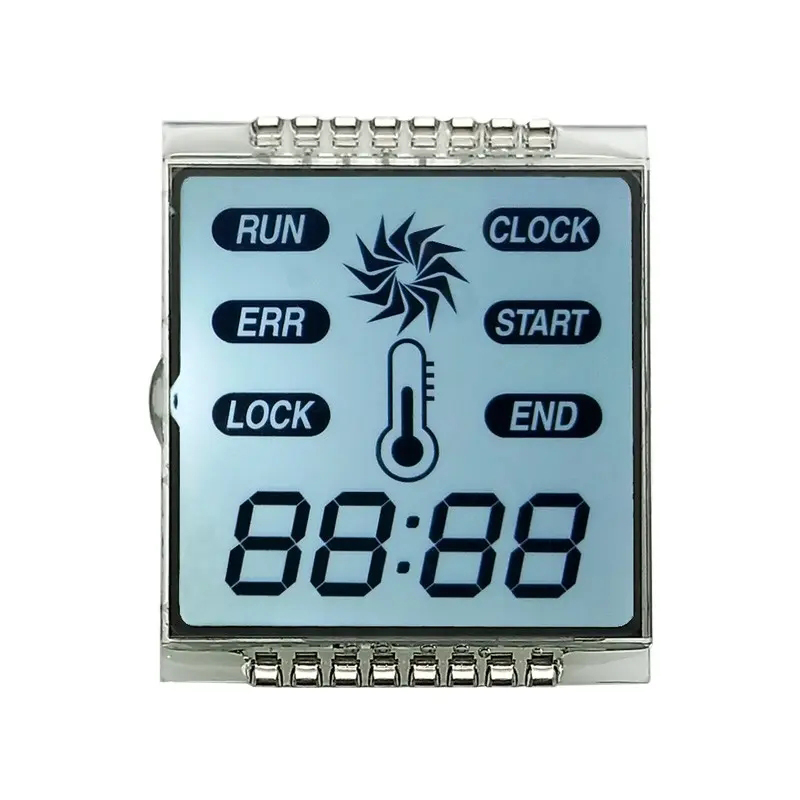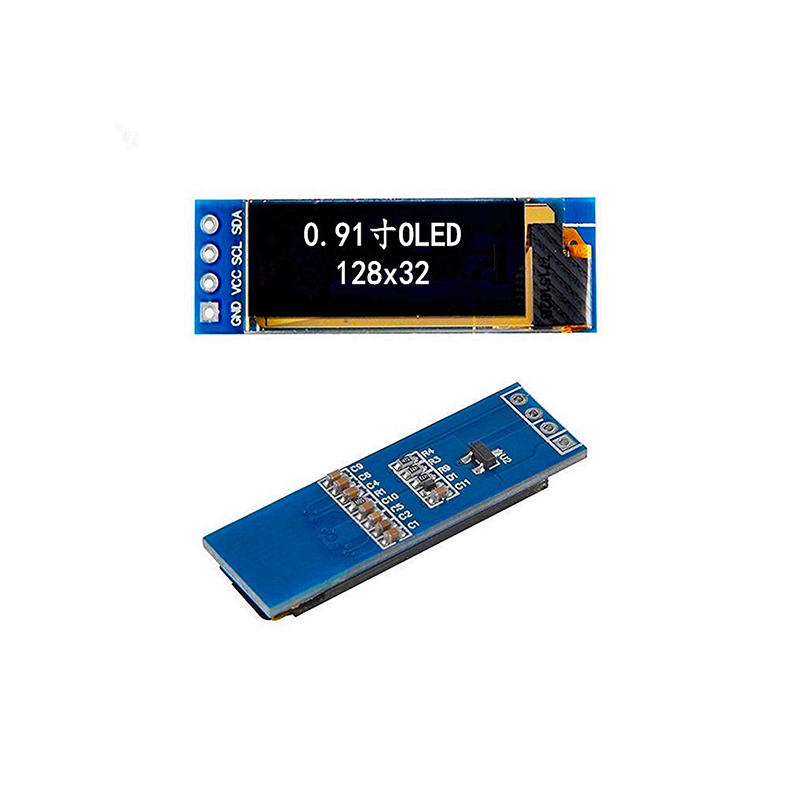
This comprehensive guide explores the capabilities and applications of the 0.96 I2C OLED display, a versatile component ideal for various projects. We delve into its technical specifications, integration methods, common uses, and troubleshooting tips, providing you with the knowledge to successfully incorporate this display into your projects. Learn about its advantages over other display technologies and discover how to maximize its performance.
The 0.96 I2C OLED display is a compact, energy-efficient display known for its high contrast ratio and wide viewing angles. It typically boasts a resolution of 128x64 pixels and utilizes the I2C communication protocol, simplifying integration with microcontrollers. Key features often include built-in driver ICs, reducing the need for external components. The precise specifications can vary slightly depending on the manufacturer, so always refer to the datasheet of your specific model. For example, some models may offer different levels of brightness control or variations in power consumption.
The I2C (Inter-Integrated Circuit) protocol is a two-wire serial communication interface that simplifies the connection between the display and a microcontroller. This reduces wiring complexity and makes integration significantly easier compared to other display interfaces. Understanding the I2C address and control registers is crucial for successful communication. Many libraries and examples are available online to facilitate I2C communication with various microcontrollers, such as Arduino and ESP32.
The 0.96 I2C OLED display is a popular choice for hobbyists and makers due to its ease of use and low cost. It's frequently used in projects involving data logging, sensor readings, simple games, and custom interfaces. Its compact size allows for seamless integration into smaller projects, while its high contrast ratio ensures excellent readability even in brightly lit environments.
Given its small size and low power consumption, the display is suitable for incorporation into wearable devices. Examples include smartwatches, fitness trackers, and other small portable electronics requiring a display for information presentation. Its vibrant display and clear readability contribute to user experience in these applications.
While often seen in hobbyist projects, the 0.96 I2C OLED display also finds its way into more industrial and commercial applications. Its versatility allows for customized information displays in various instruments and devices, particularly where small size and low power consumption are crucial. This could include embedded systems in automotive dashboards, hand-held diagnostic tools, or small control panels.
When choosing a 0.96 I2C OLED display, consider factors such as the required resolution, operating voltage, brightness, and availability of supporting libraries for your chosen microcontroller. Comparing datasheets from different manufacturers will help you choose the optimal display for your needs. Consider the longevity, reliability, and warranty offered by the manufacturer as well.
Integration typically involves connecting the display's VCC, GND, SDA, and SCL pins to the corresponding pins on your microcontroller. Many libraries are available for popular microcontrollers, providing easy-to-use functions for controlling the display's content. Libraries often handle low-level I2C communication, simplifying the programming process considerably.
If your 0.96 I2C OLED display isn't working, first verify the power supply and connections. Check the I2C address and ensure correct communication parameters are configured in your code. Consult the datasheet for troubleshooting tips specific to your display model.
Incorrect data on the display likely indicates an error in the microcontroller code or misconfiguration of the I2C communication parameters. Review your code carefully, and use a logic analyzer or oscilloscope to monitor the I2C bus for any communication issues.
The 0.96 I2C OLED display offers a compelling blend of size, resolution, ease of use, and low cost. Its suitability for a wide range of applications makes it a versatile component for both hobbyists and professionals. By understanding its specifications, integrating it correctly, and troubleshooting effectively, you can unlock its full potential in your projects.
For high-quality 0.96 I2C OLED displays and other LCD solutions, consider exploring the extensive product range offered by Dalian Eastern Display Co., Ltd. They are a leading supplier of LCD and OLED displays, known for their quality and reliability.


